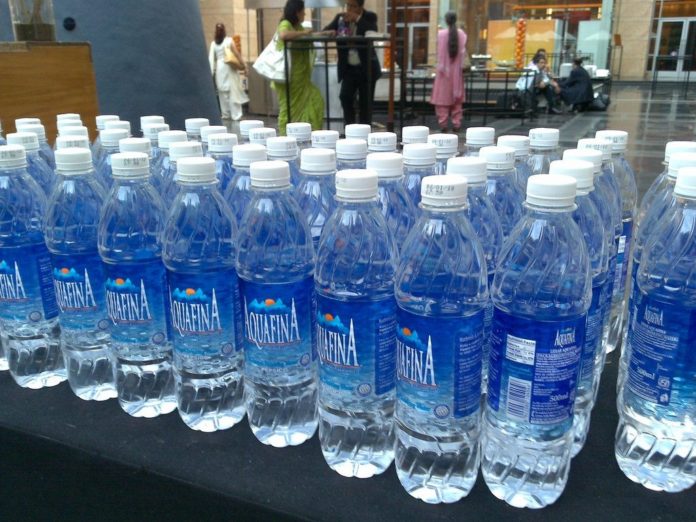The study said that one Bisleri sample from Chennai showed over 5,000 microplastic particles per litre.
The World Health Organisation has announced a review into the potential risks of plastic in drinking water after a study by scientists from the State University of New York found that over 90% of bottled water worldwide contains tiny pieces of plastic.
According to researchers analysed 259 bottles across 11 different brands from nine countries, including India, and discovered an average of 325 plastic particles and 10.4 microplastic particles for every litre of water being sold. Only 17 of the bottles tested were plastics-free.
The quantity of plastic particles found in bottled water was “roughly twice” compared to that found in a previous study of tap water.
The study was a part of a project involving original research and reporting by the US-based journalism organisation Orb Media.
Polypropylene – the type of plastic used to make bottle caps – was the most common type of plastic fragment found (54%) while nylon was the second-most abundant (16%).
In India, samples were taken from 19 different locations in Chennai, Mumbai and Delhi from brands including Aquafina, Evian and Bisleri, Times of India reported.
The study said that one Bisleri sample from Chennai showed over 5,000 microplastic particles per litre. In one bottle of Nestlé Pure Life, researchers found as many as 10,000 plastic pieces per litre.
The study’s authors think that the contamination is due to the packaging or bottling process itself, apart from other causes.
India’s bottling units are regulated by state and central agencies, including the Bureau of Indian Standards and the Food and Drug Administration.
PepsiCo India is among those companies that have contested the study’s findings, saying: “Aquafina maintains rigorous quality-control measures, sanitary manufacturing practices, filtration and other food safety mechanisms which yield a reliably safe product for enjoyment anywhere in the world. The science of microplastics and microfibres is in its infancy. Microplastic particles are found across our environment, including soil, air and water.”
According to a WHO spokesperson, while there was not yet any evidence on impact on human health, the organisation was aware it was an emerging area of concern. The statement added that WHO would “review the very scarce available evidence with the objective of identifying evidence gaps, and establishing a research agenda to inform a more thorough risk assessment.” #KhabarLive







